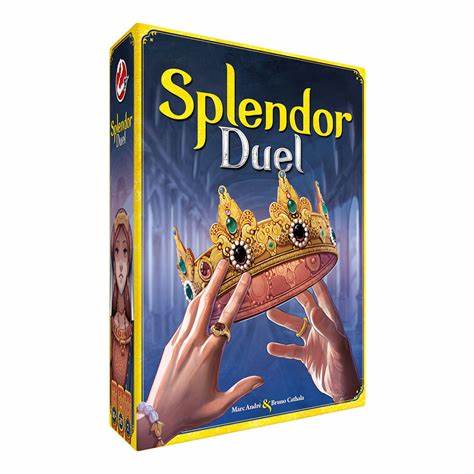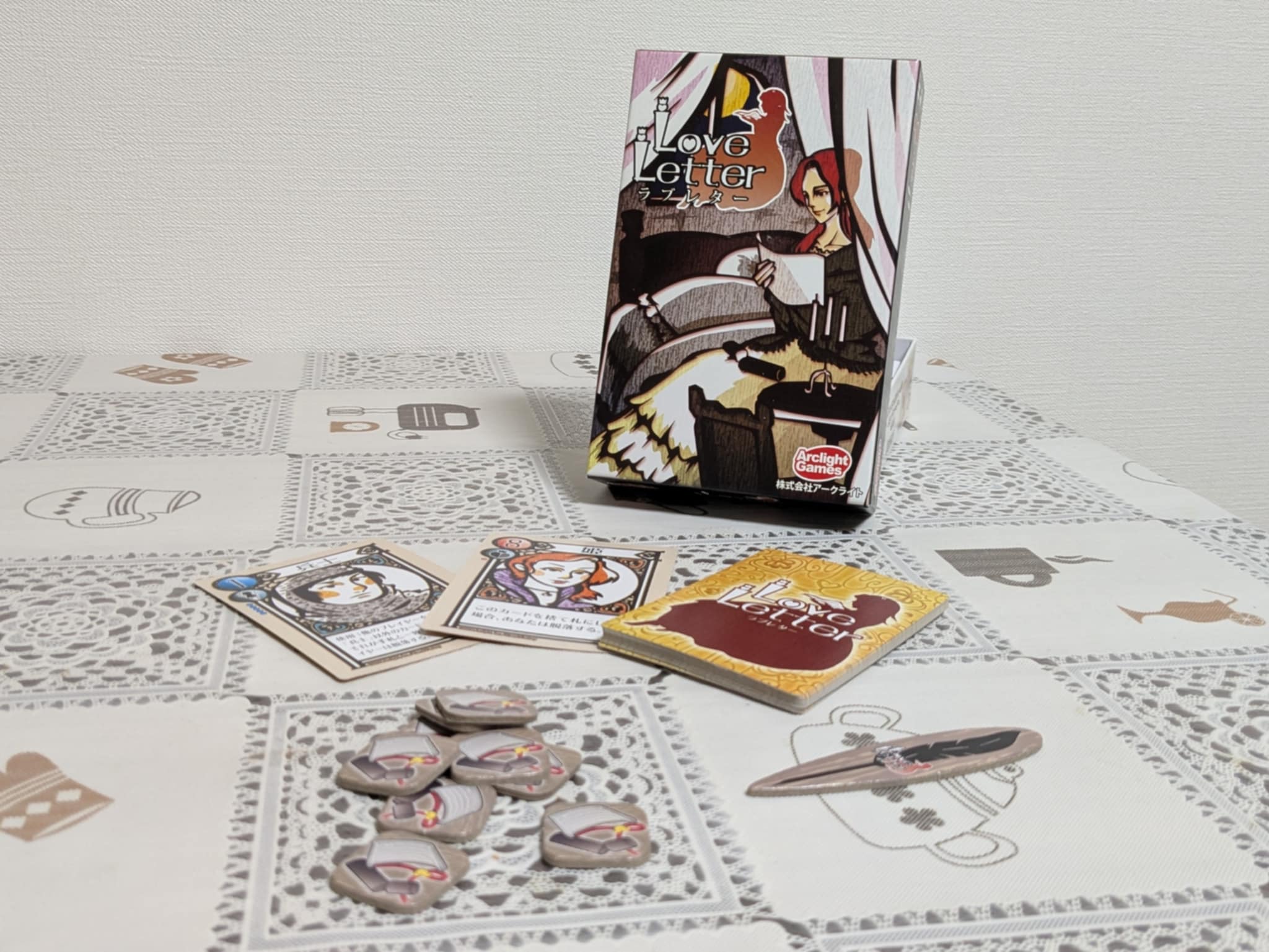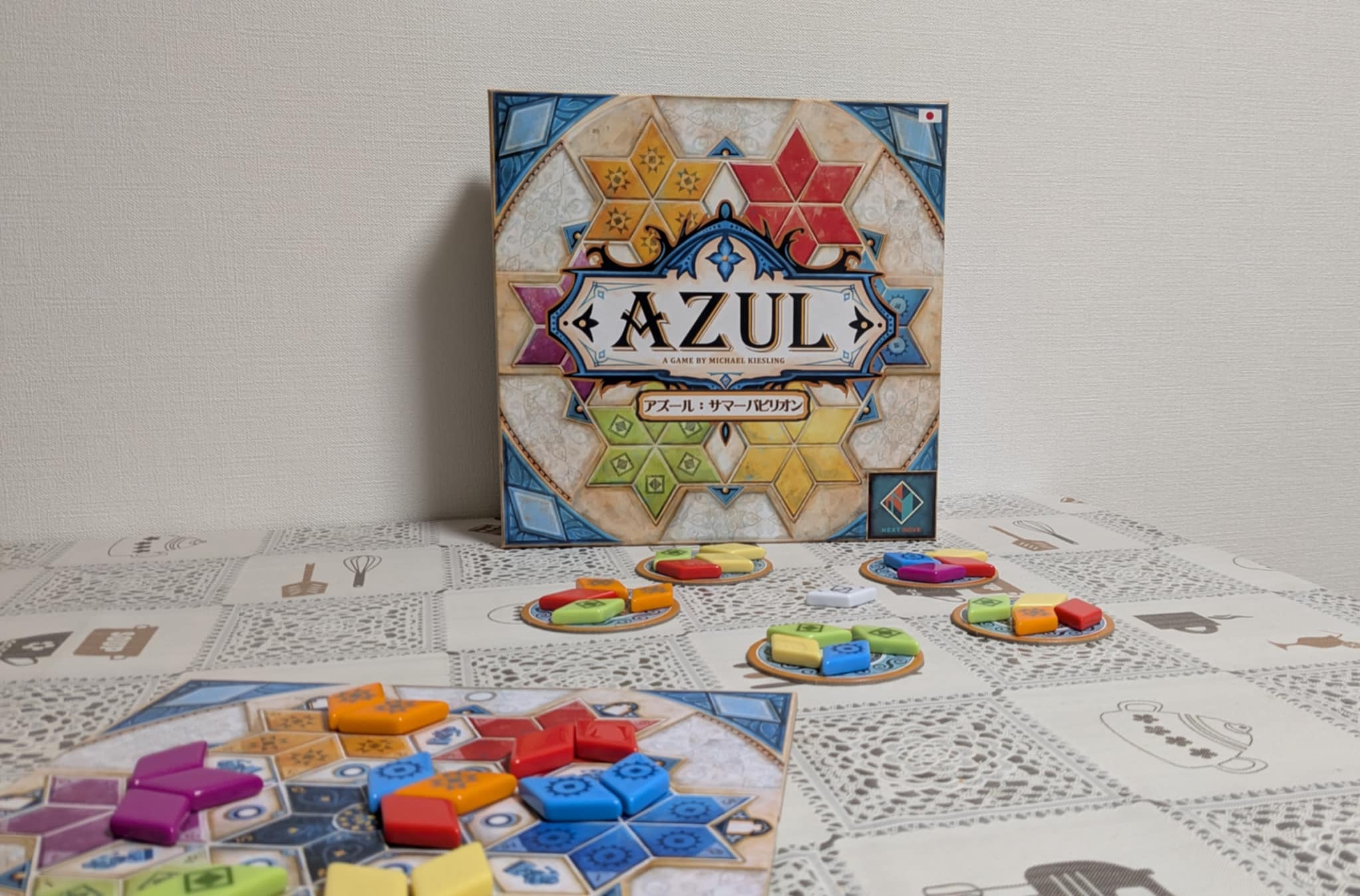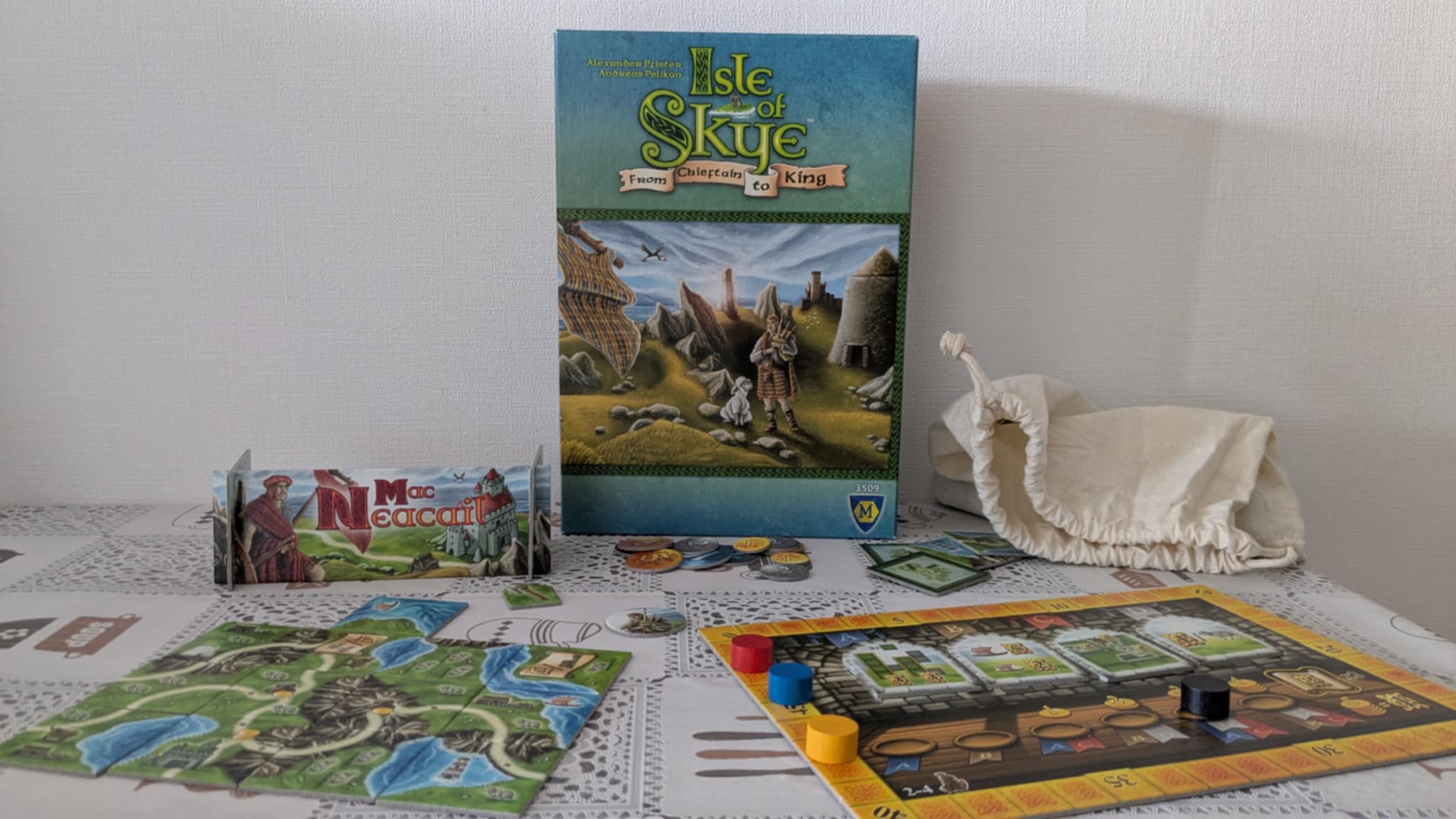Splendor Duel Board Game Review
Today, we welcome one of the most polished, instantly recognizable board games in modern tabletop—Splendor Duel. This dazzling two-player-only spin-off takes the core brilliance of the original Splendor and recuts it into a tighter, more interactive gem. Designed by the legendary duo Marc André and Bruno Cathala, and published by Space Cowboys, Splendor Duel is a compact engine-building masterpiece that manages to stay familiar while introducing bold, clever twists.
What is Splendor Duel?
At its sparkling core, Splendor Duel is a head-to-head engine-building board game where players compete to become the most prestigious Renaissance jeweler. Each player collects gem tokens, purchases powerful jewel cards, and builds an efficient engine to gain prestige, abilities, and royal favor. While it shares DNA with the original game, Splendor Duel adds tactical layers, multiple win conditions, and meaningful card abilities that keep every turn fresh.
And yes—this version isn’t just Splendor with fewer players. It’s a full redesign built from the ground up, tailored to deliver a rich and tense player experience in under 30 minutes. With tight gameplay, clever mechanisms, and that iconic drafting system polished to perfection, Splendor Duel offers a strategic experience that’s as satisfying as it is beautiful.
Game Stats:
- Player Count: 2
- Playtime: 30 minutes
- Complexity: Light-to-Medium
- Mechanics: Engine Building, Card Drafting, Resource Management
- Theme: Competitive Renaissance Jewelers
Now, let’s shine a light on this classic-in-the-making and hear from Splendor Duel itself. Let the conversation begin!
Splendor DNA: Does the Duel Live Up to the Classic?
Me: Please give a warm welcome to one of the most refined guests we’ve ever had at The Board Game Dialogue—Splendor Duel! You carry a weighty name. Your older sibling Splendor is a modern classic, a gateway giant, and a staple on gaming tables everywhere. No pressure, right?
Splendor Duel: It’s an honor to be here. I may be the smaller box on the shelf, but I carry the same gem-cut precision at my core.
Me: Let’s be real—Splendor’s brilliance isn’t loud or flashy. It’s the kind of elegance that sneaks up on you. Simple rules, fast turns, but so much depth.
Splendor Duel: Exactly. The original game’s subtle genius lies in its smooth engine-building, its perfect pacing, and the ever-escalating tension of racing for points. I’m proud to say I’ve inherited all of that.
Me: So you’re not just a trimmed-down copy?
Splendor Duel: Not at all. I was designed from the ground up for two players. While I stay faithful to the soul of Splendor, I introduce new layers that make the experience sharper, tighter, and more tactical—ideal for head-to-head play.
Me: I love that. So we’ll spend the rest of this interview peeling back the layers of your design—how you preserve the magic of Splendor while adding meaningful innovations. But for now, it’s safe to say: the legacy is intact.
Splendor Duel: Oh, I sparkle with it.
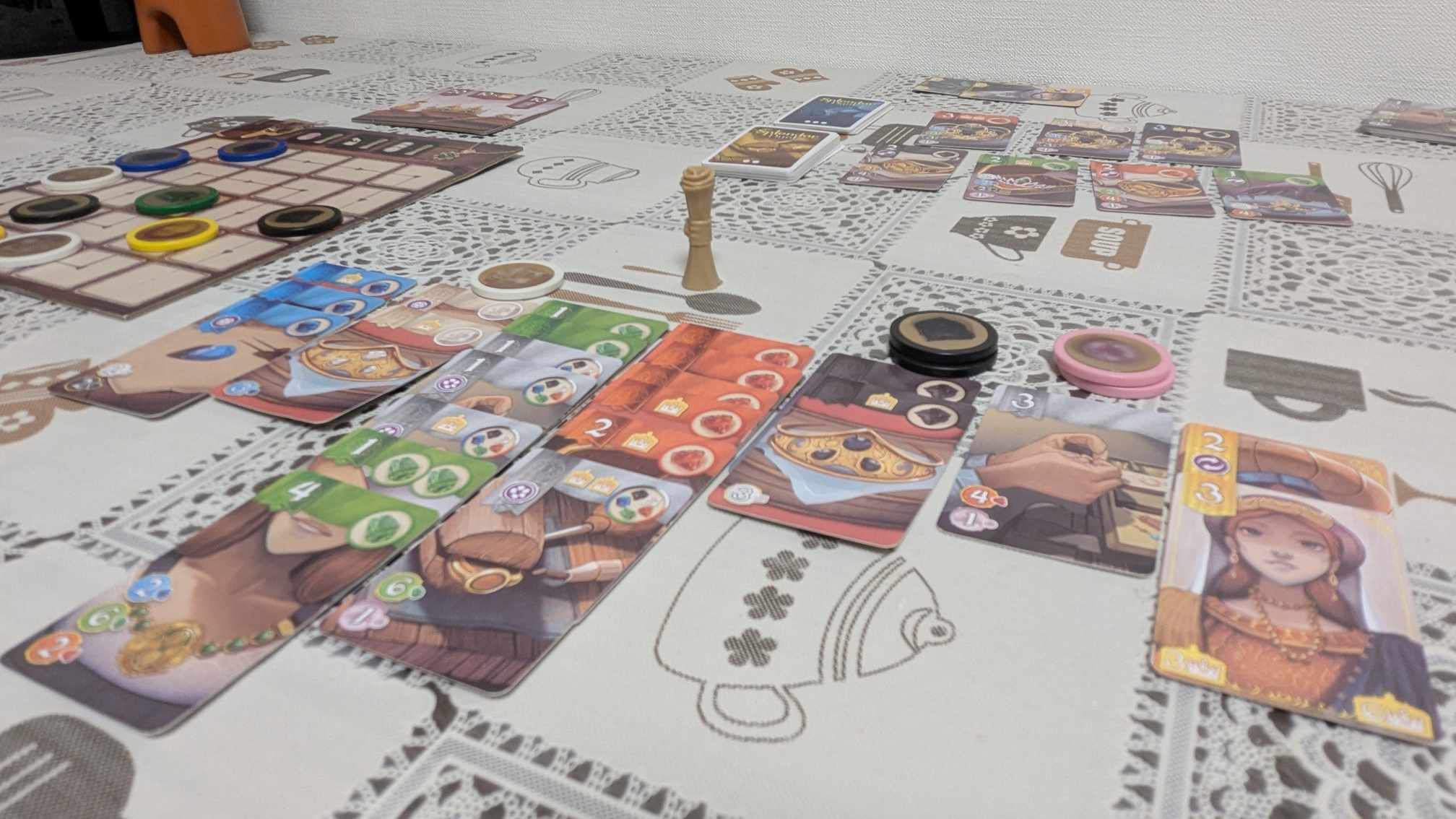
Analog Joy: Why Splendor Duel Feels So Good to Play
Me: One thing I’ve always loved about Splendor is how incredibly tactile it feels. The gameplay is subtle and strategic, sure—but also deeply physical in a way that’s just satisfying. You feel like you’re doing something.
Splendor Duel: That’s no accident. One of the strengths I proudly share with my predecessor is an understanding of analog design—that is, creating joy not just through mechanics, but through physical interaction. It’s about how it feels to move things on the table.
Me: Let’s talk about that. In game design circles, there’s a concept called “areas of play.” Different spaces on the table hold different levels of importance and emotional connection—like your hand of cards, your tableau, the shared board, or even the piles of components off to the side.
Splendor Duel: Right. Great games let you bring something from “far” to “close”—transforming something that’s abstract or distant into something personally yours. When you take gem tokens from the shared board, stack them in front of you, buy a card, and add it to your tableau—it’s incredibly satisfying.
Me: And in your case, those gems aren’t just tokens—they’re tactile, colorful, and purposeful.
Splendor Duel: Exactly. Even though I use a grid instead of poker chips, the effect is the same. You’re constantly gathering, stacking, and organizing resources that feel real. And every time you move a component, it reinforces the sense of progress. It’s not just strategy—it’s physical fun.
Me: That’s the brilliance of analog. You keep us mentally engaged while also letting our hands stay busy.
Splendor Duel: And in a tabletop world, that’s half the magic.
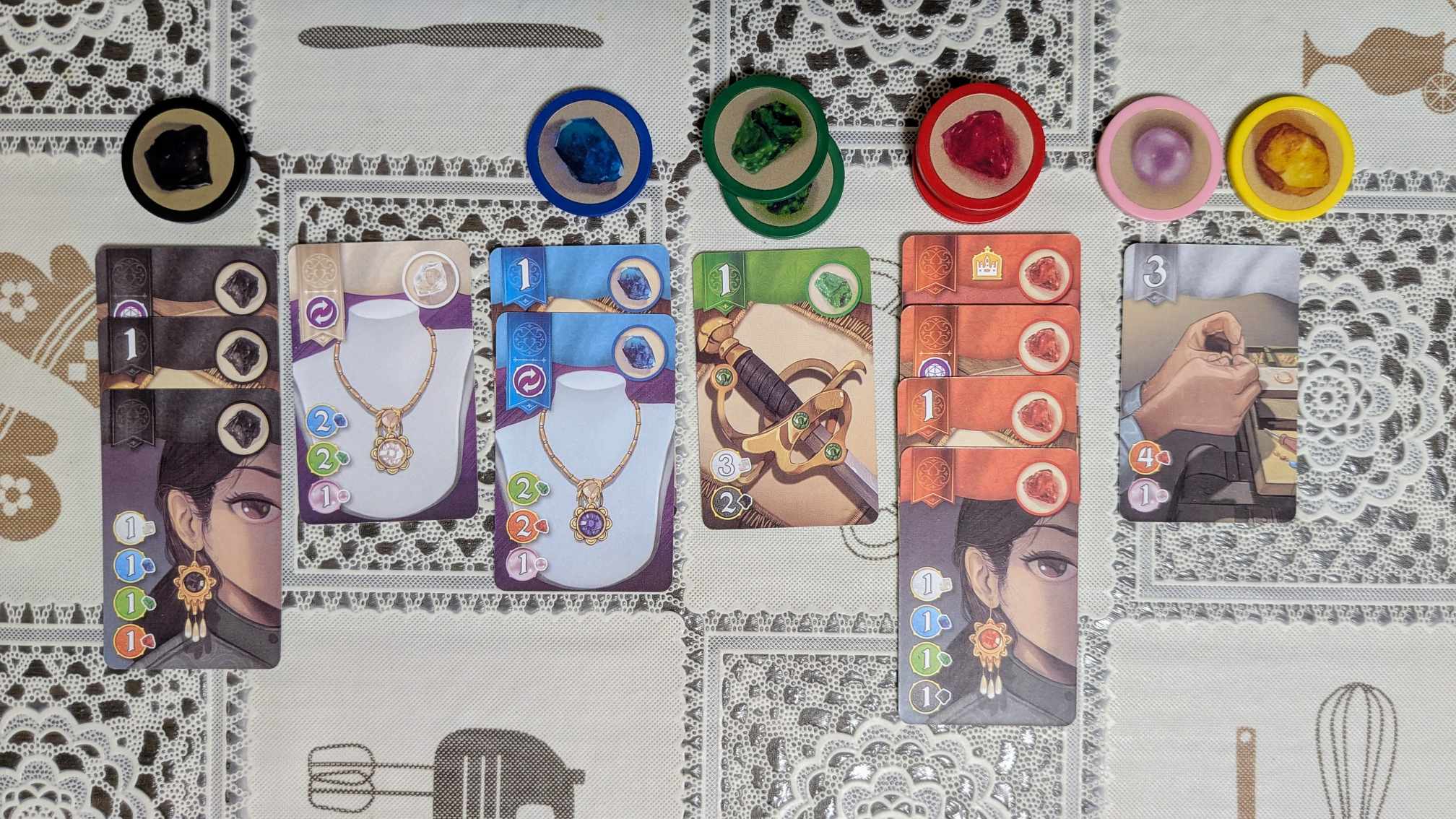
Building Brilliance: The Pure Engine of Splendor Duel
Me: Okay, let’s talk engines. One of the most beloved elements in Splendor is that smooth, ever-growing sense of power. Do you deliver the same kind of engine-building satisfaction?
Splendor Duel: Absolutely—and proudly. I’m built on the same foundation of clean, reliable tableau-building. Every card you add to your collection makes your future decisions easier, faster, and more impactful. That’s the essence of engine building, and I keep it front and center.
Me: There’s something so elegant about how each new card reduces the cost of future purchases. It’s not flashy, but you feel stronger with every turn.
Splendor Duel: Exactly. I offer players steady, incremental growth that feels both earned and rewarding. And then, boom—you reach a tipping point. Suddenly you grab a card for free, without spending any tokens. That first time it happens? It’s electric.
Me: It really is. There’s this moment of quiet realization that your engine just… works.
Splendor Duel: That moment is core to the experience. It’s why players keep coming back. The mechanics are so streamlined, yet they manage to deliver a full engine-building arc in a compact playtime.
Me: And it never feels bloated or over-complicated. It’s one of the purest forms of engine-building in modern board gaming.
Splendor Duel: And I hold onto that proudly. If you want elegant progression, I’m your gem.
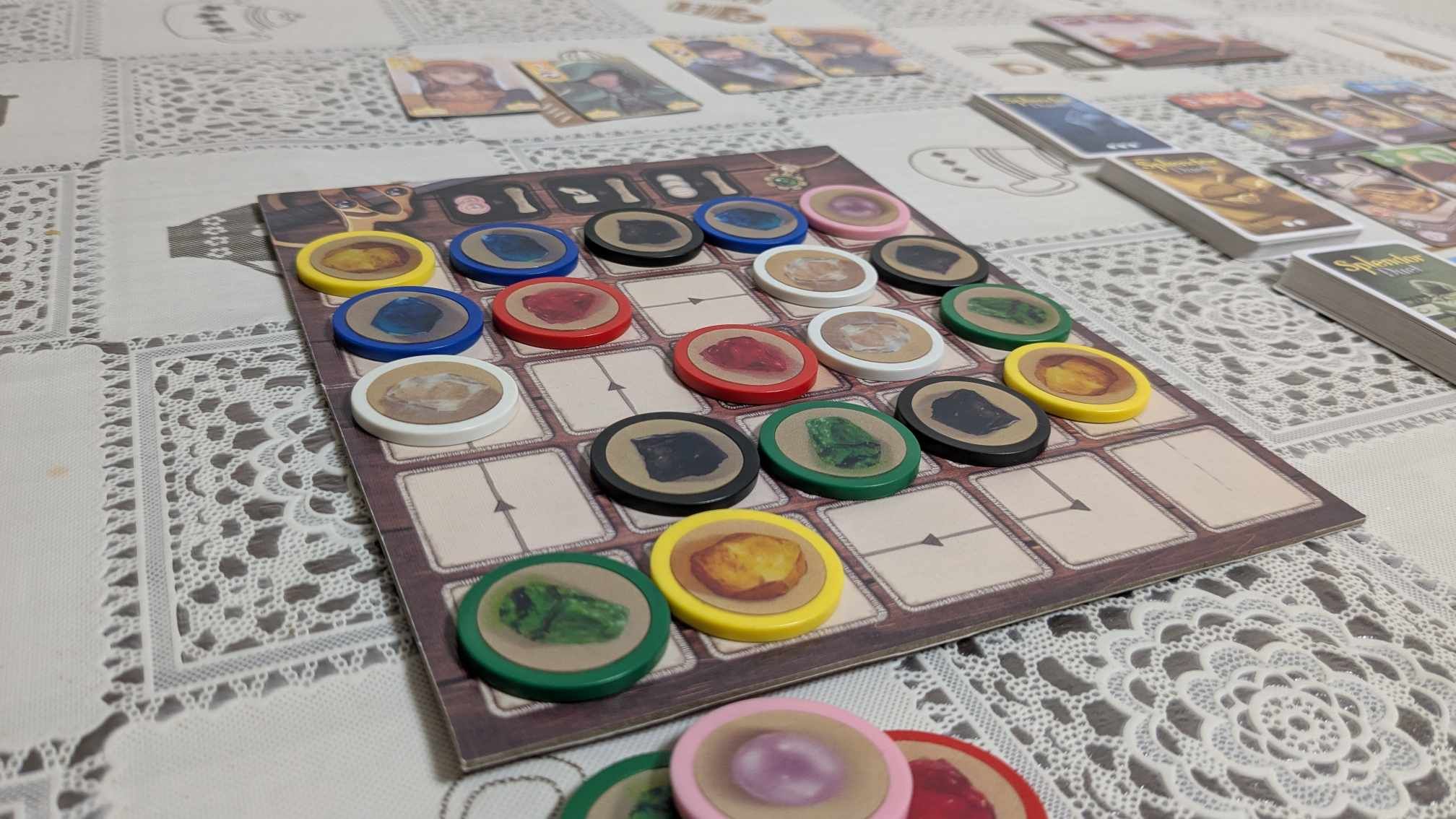
Gems, Privileges, and Tactical Tension in Splendor Duel
Me: Speaking of gems, in the original Splendor, grabbing those heavy poker chips is a huge part of the experience. How do you translate that in Splendor Duel?
Splendor Duel: I take that satisfying gem collection and turn it into something even more tactical. Instead of chip stacks, I feature a shared gem board—a grid of tokens players draft from. Now, it’s not just about grabbing gems. It’s about denying the best combos to your opponent, while taking just what you need.
Me: So every gem pick becomes a tactical draft, not just a shopping spree.
Splendor Duel: Exactly. Even small inefficiencies—like forcing your opponent to waste a turn grabbing suboptimal gems—can swing the tempo. In a game as tight as mine, that’s everything.
Me: And then there’s the privilege scrolls…
Splendor Duel: Ah yes, the privileges! These little parchment tokens give players mini tempo boosts. Spend one to grab a gem outside of the draft—at just the right moment, that’s like getting two turns in one.
Me: And you added the gem bag, too?
Splendor Duel: Yes! Players can refill the gem grid when it’s depleted—but that gives a privilege to the other player. So it becomes a subtle game of chicken. Who’s going to break first and give the other a scroll?
Me: So you’re saying every action has multiple layers of value.
Splendor Duel: That’s the beauty. Even grabbing a gem is a decision full of strategy, denial, and tempo control. I learned from the best—and now I dazzle in my own way.
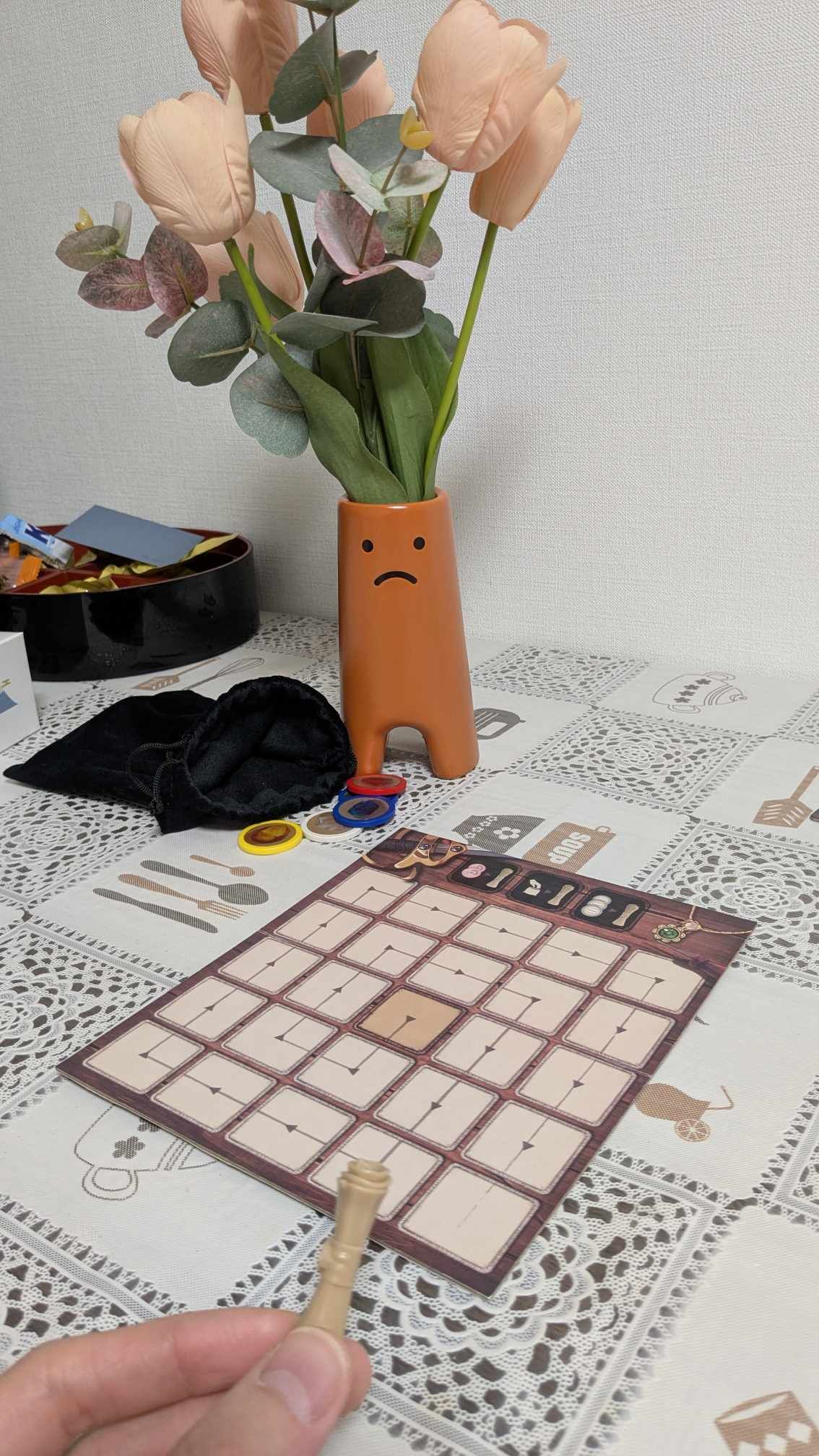
Multiple Paths to Victory: Racing Toward Three Finish Lines in Splendor Duel
Me: So, we’ve talked about building engines. But let’s get to the core question—what are we building these engines for? What’s the purpose of all that efficiency?
Splendor Duel: Great question. In Splendor, the goal is clear: reach 15 prestige points first. That clarity makes the game a beautiful race—pure and tight. But I wanted to take that tension and expand it without complicating things.
Me: And that’s where your three win conditions come in?
Splendor Duel: Exactly. In Splendor Duel, players are racing to one of three finish lines:
- The first to reach 20 total prestige points
- The first to collect 10 crowns, triggering the noble bonus
- Or the first to score 10 points in a single color
Me: That changes everything. It creates strategic forks, right?
Splendor Duel: Yes! Players aren’t siloed into one strategy. Pursuing a color for points might also earn you crowns. Chasing crowns might incidentally raise your total score. Each goal tugs you gently—but meaningfully—in different directions.
Me: It sounds more dynamic than the original.
Splendor Duel: That’s the idea. It also fixes a subtle issue from Splendor: if someone gets their engine running early, catch-up is tough. With my system, you can pivot. If your opponent’s racing toward 20 points, you might quietly climb the crown track or surge in a single color.
Me: So something like “Oh, you’re chasing that 4-point card? Cool, I’ll just grab this little 2-crown one. Now you’re at 18 points, and I’ve got 7 crowns” might happen right?
Splendor Duel: Exactly. In a two-player game, every turn matters. With three win conditions, you’re always calculating, adapting, and sprinting toward the line—whichever line that is.
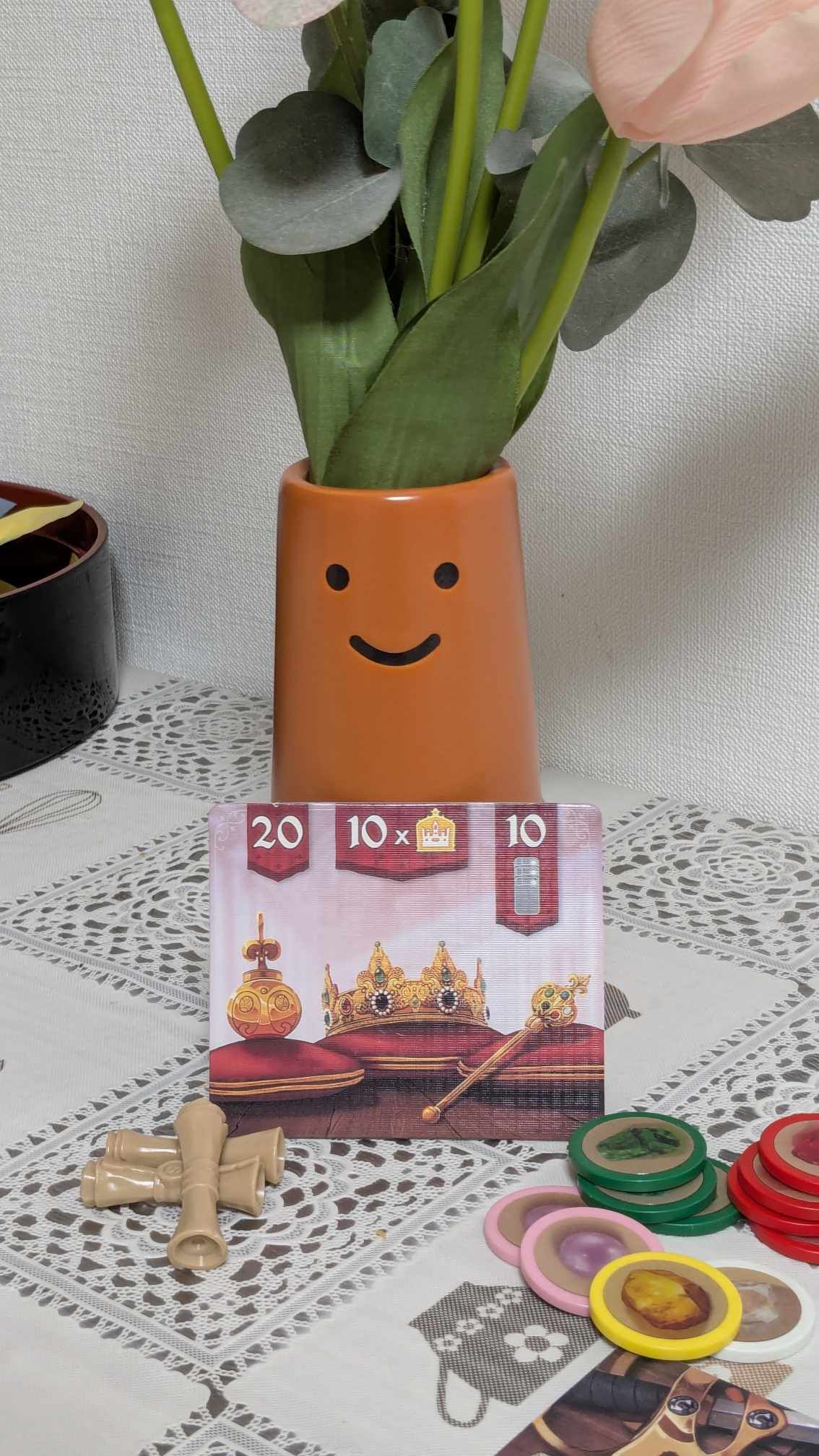
New Card Powers Add Strategy and Sharpness to Splendor Duel
Me: Okay, Splendor Duel, we’ve talked about your tactical gem drafting and your triple-race endgame. But let’s dig deeper—what else is new in your jewel-encrusted toolkit?
Splendor Duel: Ah, glad you asked! One of my proudest upgrades is the addition of card powers. These aren’t just flashy decorations—they’re subtle tools that let players influence tempo, manipulate the board, and interact more directly.
Me: So, we’re talking more than just engine-building—this adds a “gamery” layer, doesn’t it?
Splendor Duel: Absolutely. For example, some cards grant privileges—which are like small but powerful scrolls you can spend for an extra gem. They don’t seem like much, but in a game that rewards micro-efficiency, that one gem at the perfect time? It can let you skip a gem-picking turn and snag a card before your opponent does.
Me: That’s spicy. And what about those more active powers?
Splendor Duel: Some cards let you steal a gem—a tiny move, but it can totally disrupt your opponent’s plan. Others let you take an extra turn, which is huge in a two-player game. It’s classic tempo control: speed up your win or deny your opponent a clean setup.
Me: That opens the door to Zugzwang plays—forcing your opponent into bad positions, while you dance out of the way.
Splendor Duel: Exactly. These powers aren’t overwhelming, but they add just enough sharpness to give the game more bite. You’ll start looking at every card not just for points or discounts, but also for what it lets you do—or undo.
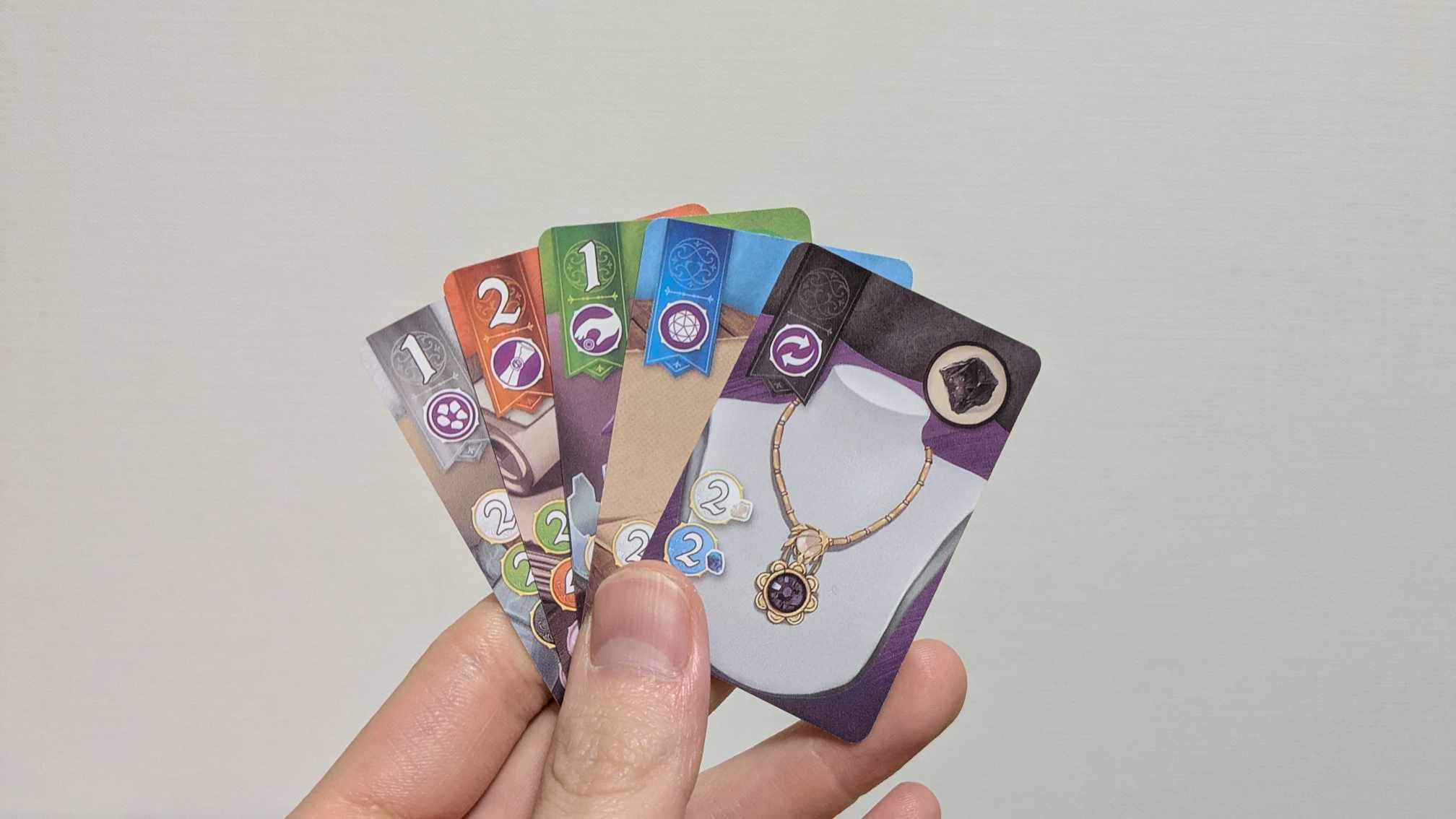
Even Gems Have Flaws: The Few Drawbacks of Splendor Duel
Me: You’ve clearly taken so much care refining the original Splendor experience for two players. But if you don’t mind me asking—are there any rough edges hidden beneath that polished surface?
Splendor Duel: Of course not—I welcome the scrutiny! Even the finest-cut gem has a few imperfections.
Me: Let’s start with the info load. While you’re far from a heavy game, that display of cards—each with their own cost, bonus, point value, and sometimes powers—can be a bit overwhelming for newer players, especially compared to the smooth onboarding of the original.
Splendor Duel: That’s a fair point. While I’ve packed more strategy into a tighter box, the increased density of card information means players need to scan more icons, especially when evaluating the full display. It’s not complex by modern standards, but for folks expecting a breezy intro game, it can be a bit much at first. Thankfully, it becomes second nature with time.
Me: And speaking of that tighter box…
Splendor Duel: Yes, I know—some people love the giant poker chips from my predecessor. In shrinking my footprint for portability and affordability, my gem tokens are smaller, and my cards more compact. That makes the tiny icons a little harder to read from across the table.
Me: So it’s a tradeoff—tight package, tighter components.
Splendor Duel: Exactly. I fit beautifully in a backpack and set up in minutes, but yes, tactile satisfaction is slightly reduced. Still, I think the gameplay elegance makes up for it.
Me: Fair answer. Even a jewel of a game has to balance sparkle with practicality.
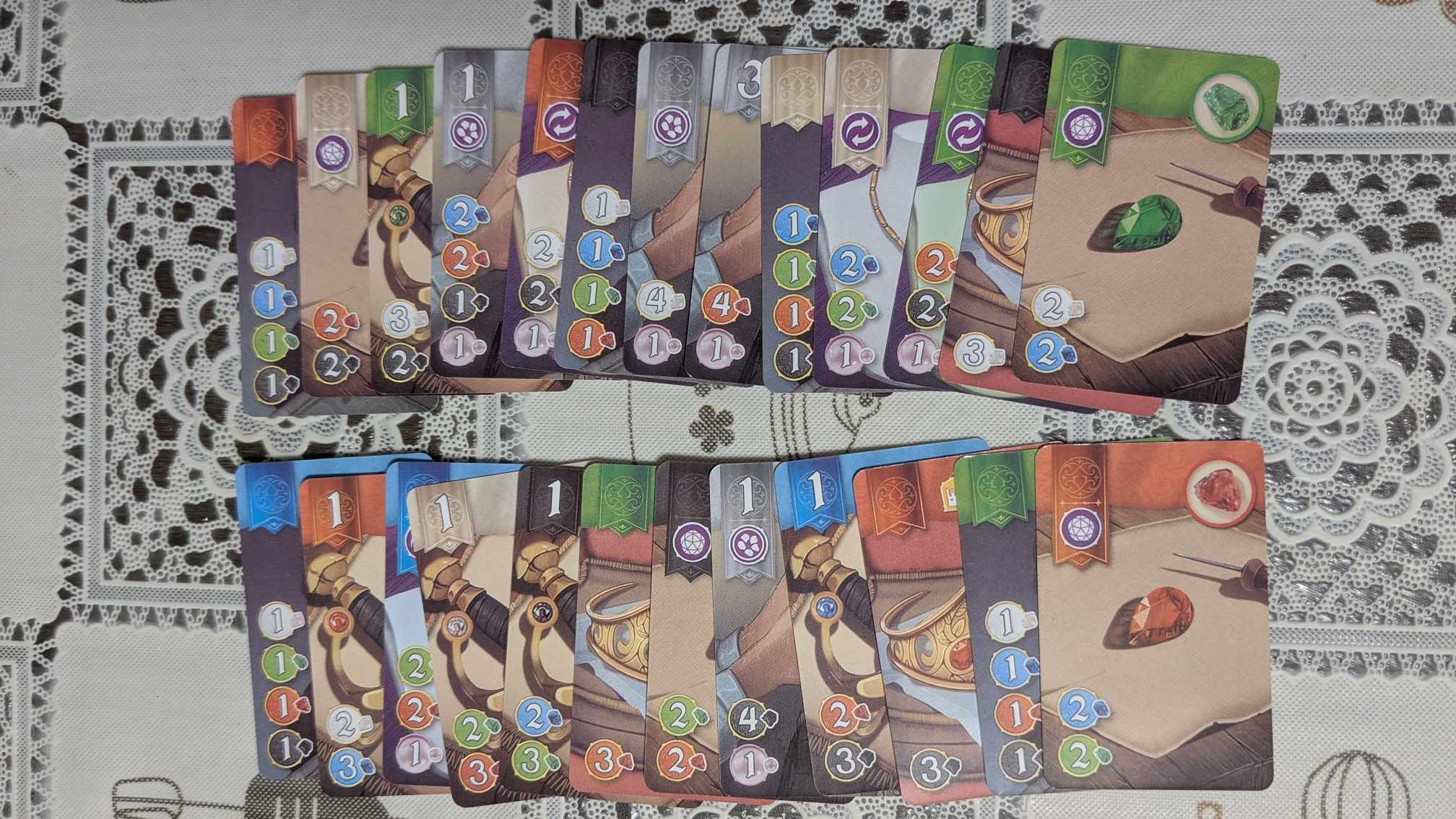
Final Verdict: Splendor Duel is A Jewel of a Game
Me: Well, Splendor Duel, it’s been a real pleasure. Before we wrap up, any final words for fans of the original—or newcomers considering you as their first entry into the hobby?
Splendor Duel: Just this—whether you’re a seasoned gamer or just discovering the magic of modern board games, I’m here to offer a tight, elegant, and deeply satisfying experience in under an hour. I take the brilliance of my older sibling and refine it for two, adding new layers without losing the charm.
Me: And you do it with style. Despite a few minor quibbles—smaller cards, a denser display of icons—you manage to preserve the best parts of Splendor and make them shine even brighter in a head-to-head format.
Splendor Duel: Thank you. I know I’m not perfect, but what I offer is polished and replayable. My flaws? Mostly surface-level—things that fade away with familiarity. But my core? That’s timeless design.
Me: You’ve earned your spot at the table. Thank you for showing up with both elegance and efficiency—and for continuing the legacy that your sibling began. Together, you two have brought countless new players into the hobby and shown that strategic depth doesn’t require complexity.
Splendor Duel: The pleasure’s mine. Now, let’s shuffle those gems and see who gets to 20 points first, shall we?
Me: Let’s. And thank you again, Splendor Duel—you’re a true modern classic in a compact box.
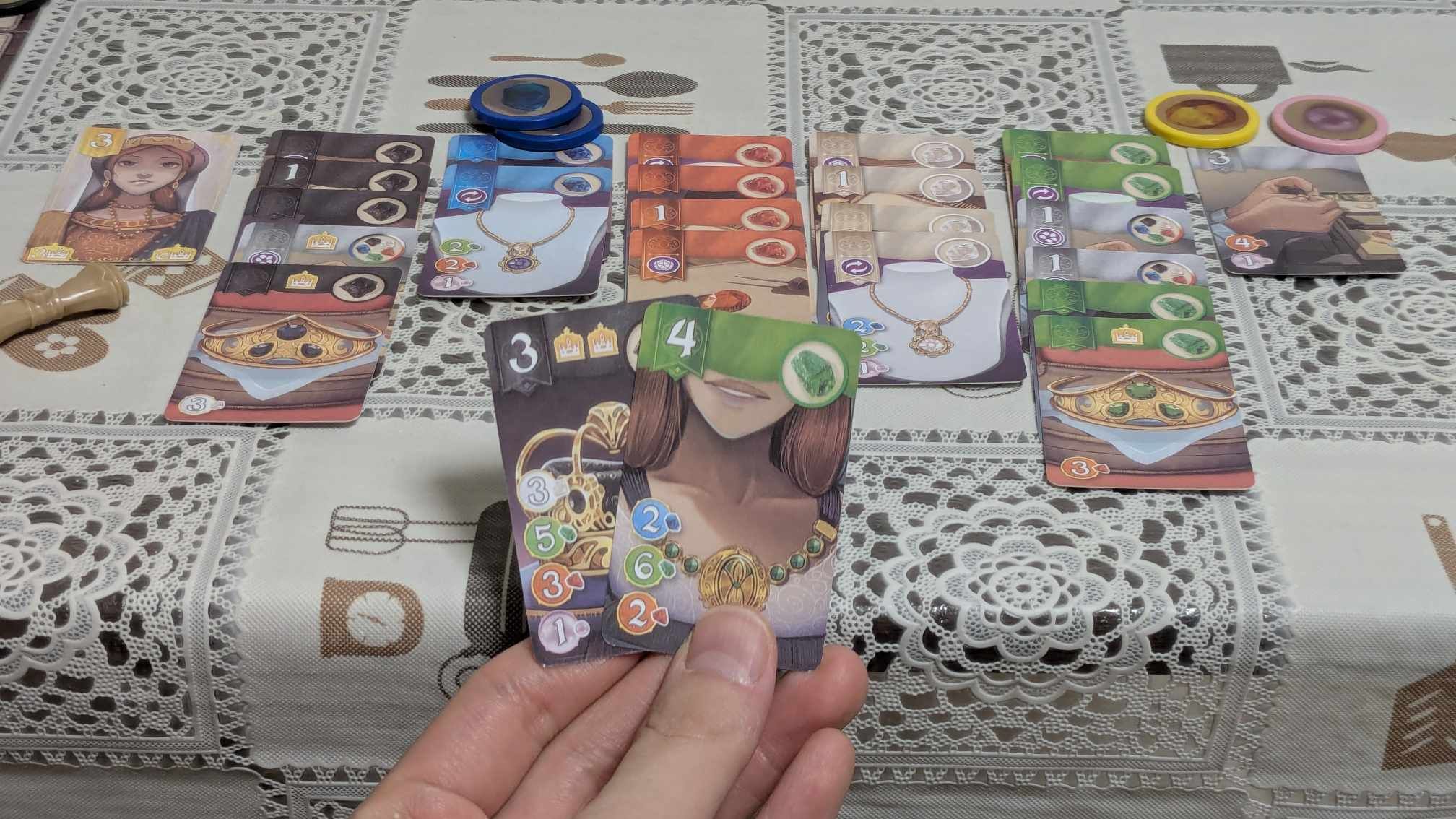
Conclusion: A Compact Masterpiece That Shines Bright
Splendor Duel delivers something truly special. It honors the clean elegance of the original Splendor while refining it into a tight, two-player showdown that feels both familiar and refreshingly sharp. From clever drafting mechanics to subtle tempo plays, from smart card powers to three unique win conditions, the game proves that great things can come in small boxes.
While it may take a round or two for newer players to acclimate to the amount of iconography on the compact cards, that learning curve quickly gives way to a polished, deeply satisfying experience. This is a game that keeps inviting you back to the table—and rewarding you for coming.
If you’re looking for alternative options: The original Splendor remains an excellent choice for a more casual, welcoming group experience. Azul is another tactile, beautiful board game that combines elegance with accessible gameplay. And if you want more complexity and a focus on engine-building efficiency, It’s a Wonderful World is a brilliantly designed tableau builder worth exploring.
Final Rating: 9.5/10 — A Compact Duel That Packs a Strategic Punch
✅ Pros:
Visually and physically satisfying to play
Excellent sense of progression
Strategic depth in a small, accessible package
❌ Cons:
The small cards and dense information may overwhelm brand-new players
For fans of engine building, two-player games, or simply clever design, Splendor Duel is a gem that belongs in your collection.


